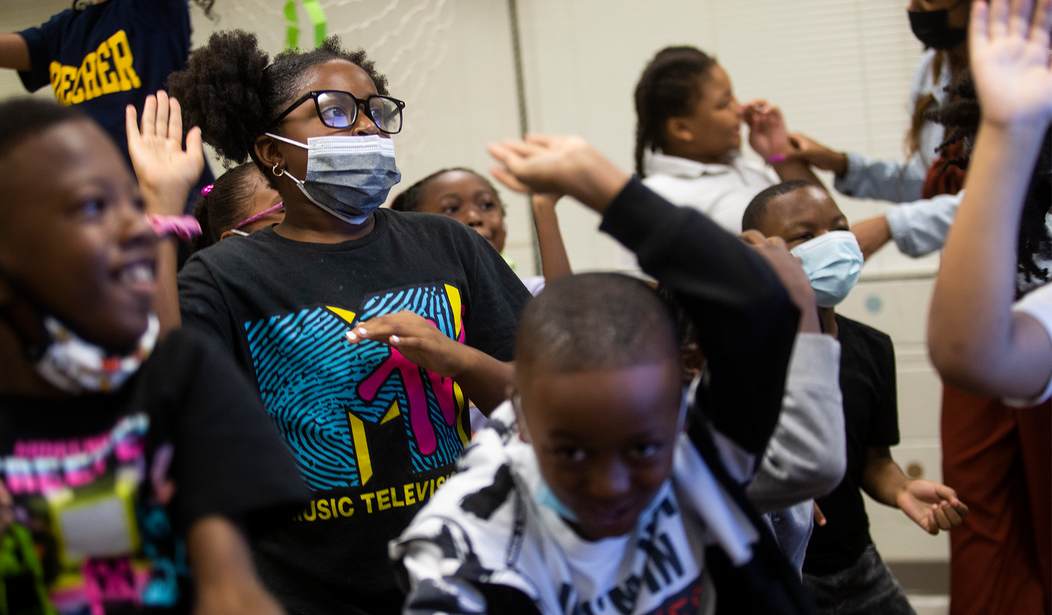Here’s another reason why government-run learning institutions are not the best option for educating children.
Some schools in the US are implementing “equitable grading” systems, which are designed to eliminate bias and create a more accurate reflection of students’ progress. This approach is intended to address some of the most glaring faults of America’s educational system.
Homework and formative assessments (in-class discussions and practice work) are given less weight than summative assessments (tests and essays), with students given multiple opportunities to complete the latter. Extra credit is banned, as is grading for behavior, including attendance. The scale starts at 49 percent or 50 percent to prevent a student’s grade from dropping so low from a few missed assignments that they give up.
The changes have been designed to benefit students with outside responsibilities or disabilities, rather than those with a stable home life or hands-on parents. The goal is to give students the opportunity to learn right up until the end of term, and to prevent a lack of accountability.
The Wall Street Journal explained:
Equitable grading can take different forms, but the systems aim to measure whether a student knows the classroom material by the end of a term without penalties for behavior, which, under the theory, can introduce bias. Homework is typically played down and students are given multiple opportunities to complete tests and assignments.
Equitable grading is an approach to grading that aims to promote fairness and “equity” in the assessment of students’ work. The goal is to create a grading system that is sensitive to the diverse needs and experiences of students, and that acknowledges the impact of structural inequalities on academic performance. It is designed to address the reality that government-run schools tend to employ a one-size-fits-all approach to education.
Equitable grading recognizes that traditional grading practices may not adequately capture the full range of students’ abilities and accomplishments, and that these practices may perpetuate existing inequities. For example, grading policies that rely heavily on high-stakes exams may disadvantage students who struggle with test anxiety or who come from disadvantaged backgrounds that lack access to the resources necessary to perform well on standardized tests.
More from the Wall Street Journal:
Equitable grading still typically awards As through Fs, but the criteria are overhauled. Homework, in-class discussions and other practice work, called formative assessments, are weighted at between 10% and 30%. The bulk of a grade is earned through what are known as summative assessments, such as tests or essays.
There is much support for the idea of equitable grading as the current system is not flexible enough to ensure all children receive adequate education. However, some teachers and students have complained that these changes have led to a lack of accountability, gaming the system, and decreased motivation. Some students have been able to submit work right up until grades are due, which means lessons drag on.
“If you go to a job in real life, you can’t pick and choose what tasks you want to do and only do the quote big ones,” Alyson Henderson, a high school English teacher told the Wall Street Journal.
“We’re really setting students up for a false sense of reality,” she continued.
While the idea of ensuring that all students receive an equal grade regardless of their background or abilities may sound good in theory, it ultimately undermines the very purpose of education. Education is meant to be a merit-based system where students are rewarded for their hard work and dedication.
Enforcing equitable grading diminishes the value of effort and creates a sense of entitlement among students who have not put in the necessary work. In addition, it also penalizes high-performing students who have put in the extra effort to excel.
However, this does not mean that the problems proponents of equitable grading are trying to solve do not exist. Government-run learning institutions have consistently failed our students.
These schools often operate under the burden of bureaucracy, which creates an inflexible, one-size-fits-all approach to teaching. This approach leaves little room for individualized instruction, which is essential for meeting the unique needs of each student. However, it leaves plenty of room for indoctrination, and has done so from the very beginning of public education in America.
Furthermore, government-run schools often have a rigid curriculum that leaves little room for creativity and innovation. This lack of flexibility can stifle a student’s natural curiosity and desire to learn, ultimately resulting in disengagement from the learning process.
It is essential that education foster a culture of intellectual curiosity and exploration to prepare students for the challenges of the modern world. However, this is not the aim of America’s public school system. When more Americans realize this, they might be willing to fight for alternatives.












